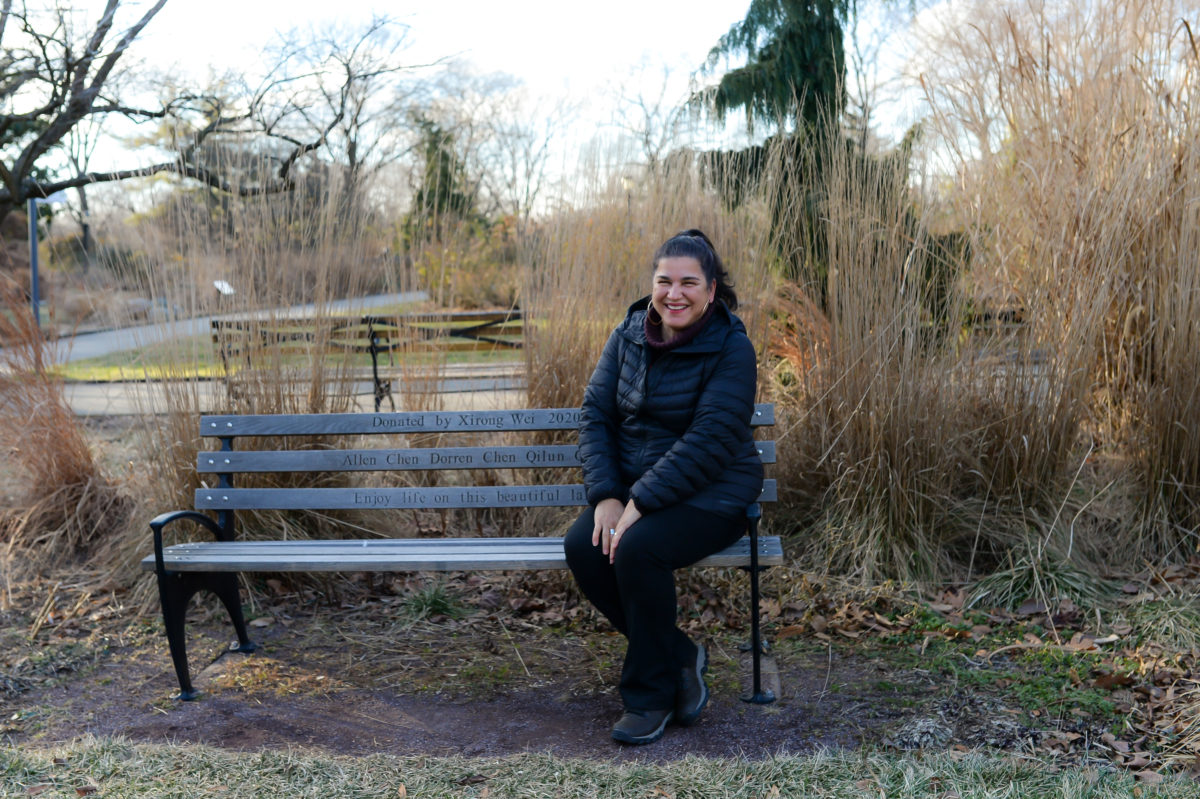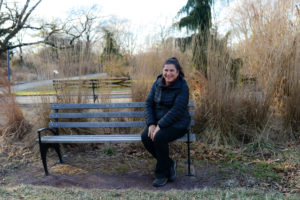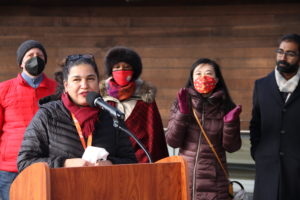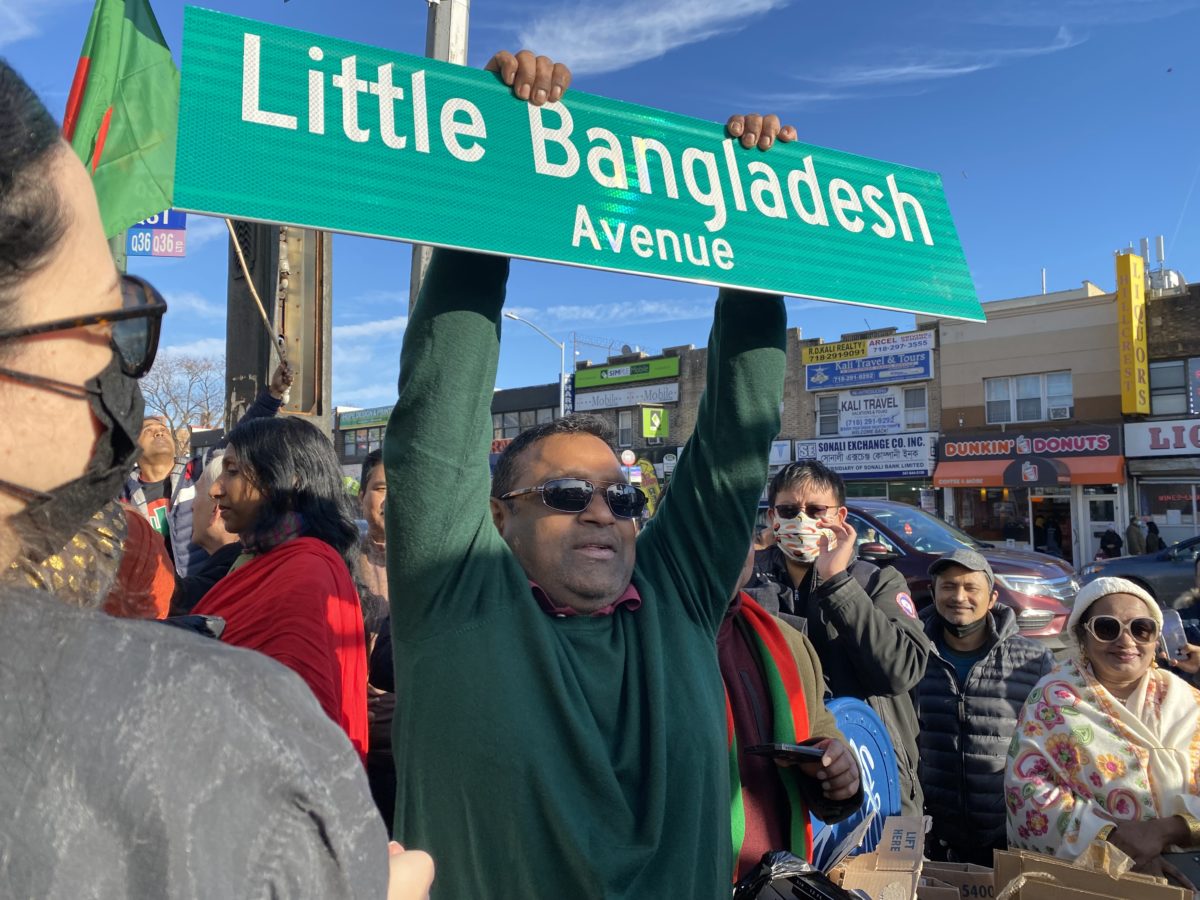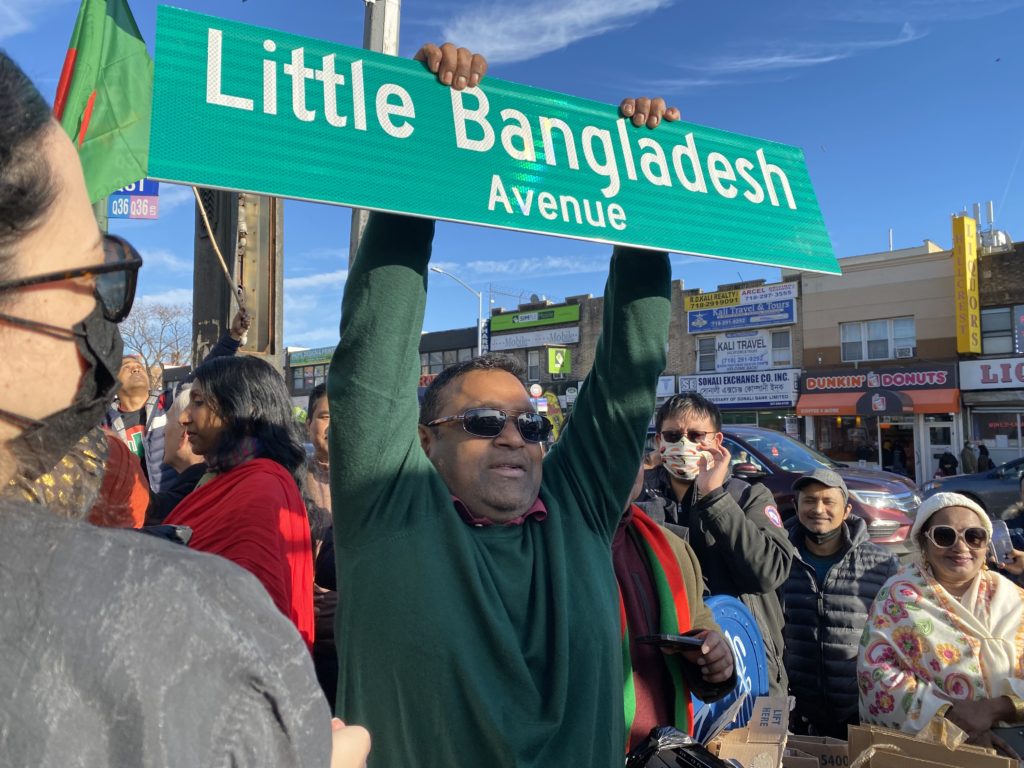Guest Op-Ed: Lessons never learned; Protect our children
By John J. Ciafone, Esq.
Almost weekly, we hear about gun violence in our schools.
The massacres that have occurred in our schools whether it be Uvalde, New Mexico or Sandy Hook, Connecticut – not to mention college incidents, have not raised the eyebrows of our elected officials to move forward toward action.
Gun control legislation is not enough. We need metal detectors in all our schools.
Whether you go to a sports game, a concert or any major event, you are expected to go through metal detectors as a matter of course.
Yet, why don’t we have metal detectors in our schools? Metal detectors are relatively inexpensive and extremely effective in catching guns and knives.
Gangs that prey on our children bring these weapons into our schools to further initiate and recruit naive children.
A middle school in my neighborhood, IS 126 in Long Island City, housed a cache of confiscated guns and knives in the principal’s office, under lock and key, all in an effort to keep it secret. How many more children have to be slaughtered and sacrificed by our leaders who fail to protect our most precious assets – our children and the future generation.
I proudly served on Community School Board 30 as a member, treasurer and president.
During my time, we fought for more school safety officers, security cameras and police presence outside troubled schools.
Through the devastation of the Sept. 11 attacks, we have learned the importance of metal detectors and screening within our airports that have resulted in a huge success in thwarting hijacking and terrorist attacks on our planes.
The same efforts must be employed in our schools to prevent guns and knives from threatening the lives of our children, staff and teachers.
What’s more alarming is that some City Councilmembers, who have police protection and metal detectors in City Hall, want to remove school safety officers in our schools.
I am shocked that the Teacher’s Union, which is perhaps the strongest lobbyist in New York, has no interest in protecting our children or their own members.
We have a major upcoming election ahead of us and yet no candidate is speaking about protecting our children and our schools.
At a minimum, our elected officials have an obligation and duty for the position that they were elected for and that is to protect our children, who are our future.
Elected officials need to wake up and do their jobs to be proactive and prevent any future tragedies.





